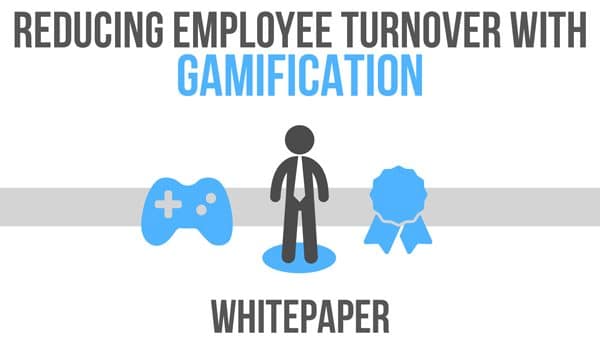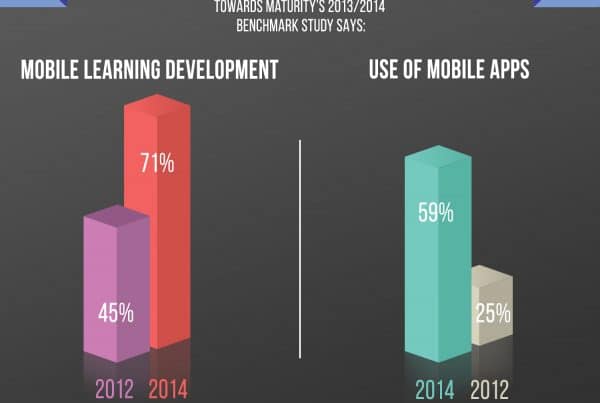With more and more students turning to eLearning development programs and online curriculums for their academic needs, it’s clear that eLearning is not a trend, but the next big wave of educational reform. According to the Babson Survey Research Group, the number of college students enrolled in at least one online course increased for the ninth straight year, with more than 6.1 million students taking at least one such class. This represented a significant 10.1 percent increase over the year before. For the purposes of the survey, online classes were defined as those where more than 80 percent of content was delivered via the internet, with typically no face-to-face meetings with instructors. With so many students turning to the web for eLearning development, here are some tips on how to leverage it to the best of their ability for maximum success.
If you fail to plan, you plan to fail
While organization and planning are important tasks for traditional students, they can be even more essential for online students. Experts recommend studying the course syllabi – usually received via e-mail several weeks before the start of classes – intently, making note of important dates and big assignments.
“As soon as I receive the syllabus for each of my courses, I sit down with a calendar and physically make specific time blocks that I will be spending on each course, each day,” Rina Shah, a part-time online student at the Harvard Extension School, told the US News and World Report. “The physical schedule I draft at the beginning of each semester has helped keep me on track so that I’m acting as if I’m in a classroom, when I’m really just on my laptop at home.”
This careful attention to detail is necessary for online students, as they have to be more independent and self-motivating than their physical counterparts in classrooms. Without a professor or peers to remind you of projects and to keep you on task for assignments, it can be easy to lose focus and track of time.
Take control of the environment around you
Many classrooms are designed with optimal learning conditions in mind, including brightly lit rooms and noise-repelling walls. However, home offices and living rooms usually aren’t designed with the same requirements. According to Ptrain.com, students taking classes online need to ensure that the learning environment around them is as close to what it would be in a classroom. This means proper lighting, reasonable and comfortable temperatures and minimal noise distractions.
For those students with young children, it is best to schedule your class periods during a time when the kids are either occupied or not around. Furnishing work areas with bright and plentiful lighting can also make significant dividends in concentration and effort.
Take advantage of resources and technology
Many students feel that just because they’re not on a physical campus, they don’t have access to all the resources that a traditional student might. This is simply not the case, as many eLearning programs now offer online counterparts to their brick-and-mortar resources. This includes online tutoring, e-libraries and technical support for students, according to the US News and World Report.
On a similar note, technology is naturally a significant part of the eLearning experience. While this can be a tremendous help to students, this can also be an obstacle. Before classes start, make sure that all programs – such as Flash and Java – are updated and working fine.
Any institution, private or public, can contact CSE Software Inc. for an assessment of its training needs and a summary of the custom training software that would work best in its organizations. CSE uses a methodical development process to deliver the software and apps that fit our clients’ needs, on time and on budget.
Contact CSE Software or call or 1.309.670.7595 and ask for an eLearning demo today!



